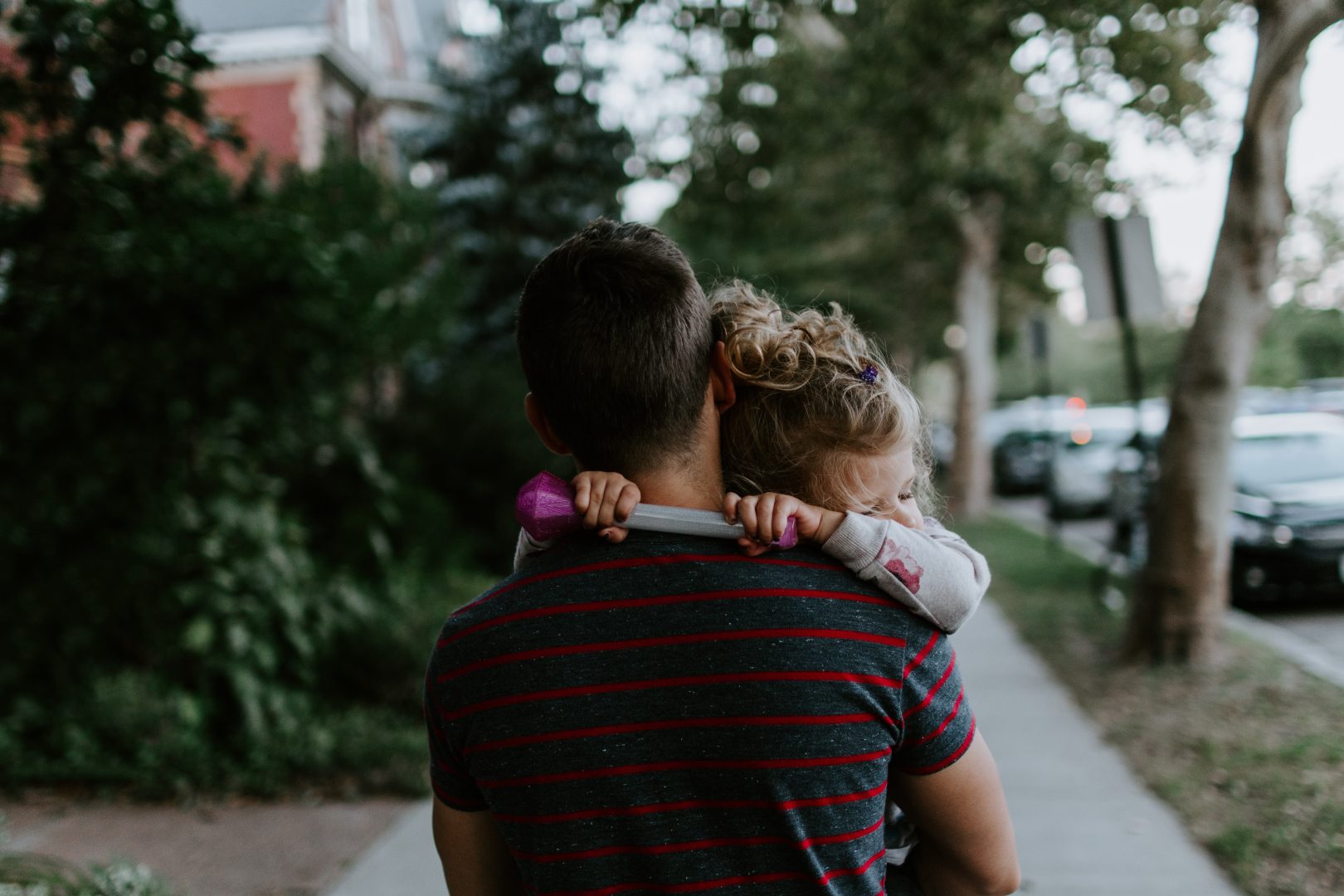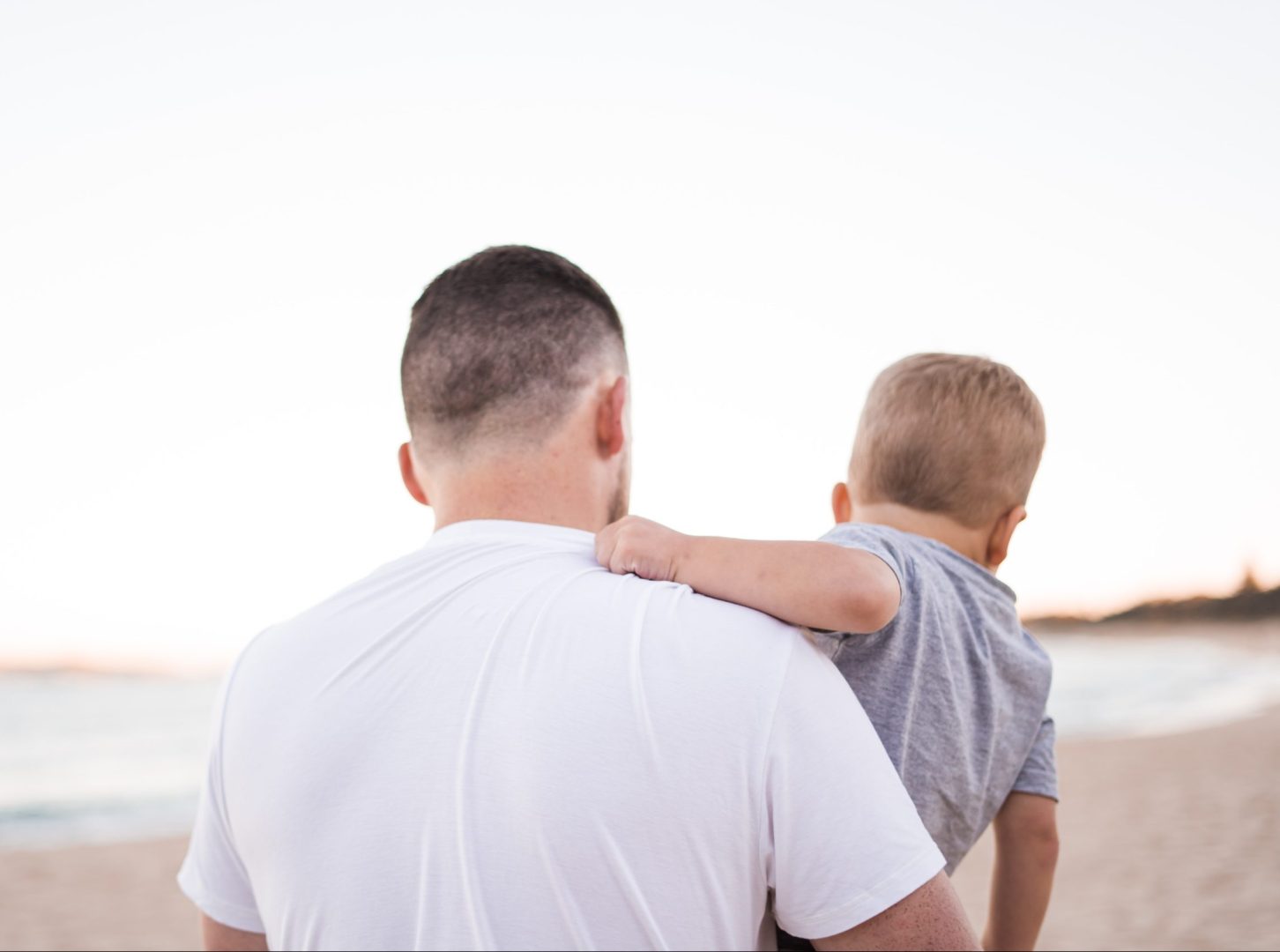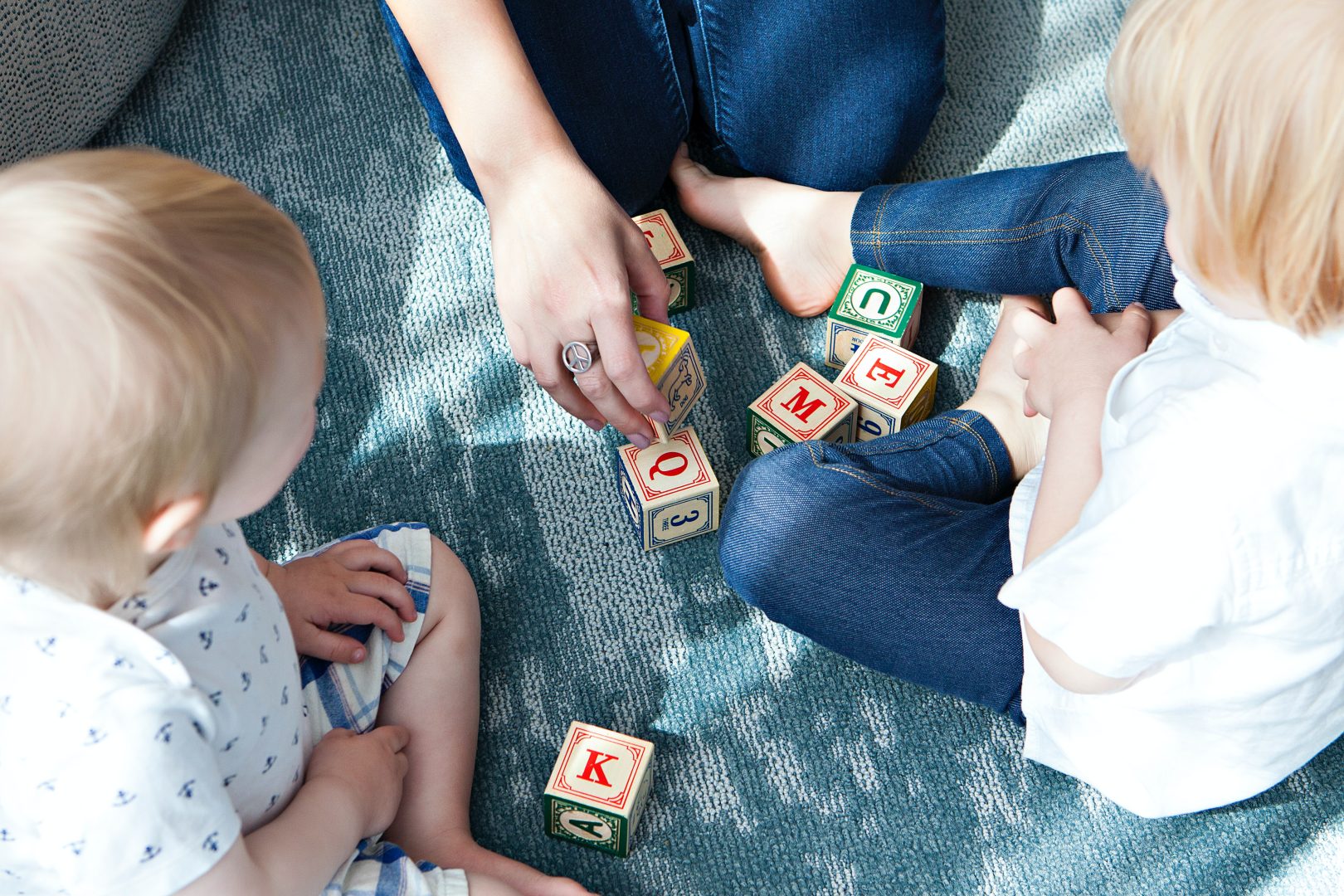Caregiver Support
The impact of child sexual abuse can be devastating. However, research indicates that support from primary caregivers can offset the negative impact of child sexual abuse. This page cites different research studies that have looked closely at how important caregiver support can be.
Important Findings
Parental support is critical. (Conte & Shuerman, 1987). A supportive stance from the non-offending parent may act as a protective factor by promoting the use of efficient coping (Spaccarelli, 1994)
Coping and family characteristics, especially parental support, are among the key mediators proposed to explain the link between sexual abuse and emotional distress (Barker-Collo & Read, 2003; Whiffen & MacIntosh, 2005).
A supportive family environment also may serve as a buffer against detrimental outcomes following disclosure of sexual abuse (Elliot & Carnes, 2001; Rosenthal, Feiring, & Taska, 2003). Spaccarelli and Kim (1995) stated that children who felt supported by the non-offending parent maintained a higher level of functioning in social, interpersonal, and academic domains.
Even after differences in abuse-related characteristics had been controlled for, family contextual factors significantly added to the prediction of the level of behavioral difficulties of sexually abused school-age children (Hebert, Tremlay, Parent, Daignault, & Piche, 2006). More specifically, of the different aspects of family functioning evaluated, the intensity of family conflict was found to contribute to the prediction of externalizing behavior problems.
In a 2006 study (Hebert, Parent, Daignault, & Tourigny), those children appearing to be more resilient following child sexual abuse were those that benefitted from a series of protective factors that helped them overcome the trauma associated with abuse. The family environment is one variable that offers assets to overcome and help reduce the impact of sexual abuse, being more cohesive and less conflict-ridden than families of children presenting as more severely distressed.
References
- Barker-Collo, S., & Read, J. (2003). Models of response to childhood sexual abuse: Their implications for treatment. Trauma Violence and Abuse, 4(2), 95 -111.
- Conte, J.R., & Schuerman, J. R. (1987). Factors associated with an increased impact of child sexual abuse. Child Abuse and Neglect, 11(2), 201 – 211.
- Elliot, A. N., & Carnes, C. N. (2001). Reactions of non-offending parents to the sexual abuse of the children: A review of the literature. Child Mistreatment, 6(4), 314 – 331.
- Hebert, M., Parent, N., Daignault, I., & Tourigny, M. (2006). A typological analysis of behavioral profiles of sexually abused children. Child Maltreatment, 11(3), 203 – 216.
- Hebert, M., Tremblay, C., Parent, N., Daignault, I. V., & Piche, C. (2006). Correlates of behavioral outcomes in sexually abused children. Journal of Family Violence, 21(5), 287-299.
- Osenthal, S., Feiring, C., & Taska, L. (2003). Emotional support and adjustment over a years’ time following sexual abuse discovery. Child Abuse & Neglect, 27(6), 641 – 661.
- Spaccarelli, S. (1994). Stress, appraisal, and coping in child sexual abuse: A theoretical and empirical review. Psychological Bulletin, 116(2), 340 – 362.
- Spaccarelli, S., & Kim, S. (1995). Resilience criteria and factors associated with resilience in sexually abused girls. Child Abuse & Neglect, 19(9), 1171 – 1182.
- Whiffen, V. E., & MacIntosh, H. B. (2005). Mediators of the link between childhood sexual abuse and emotional distress. Trauma, Violence, & Abuse, 6(1), 24 – 39.





